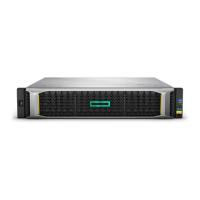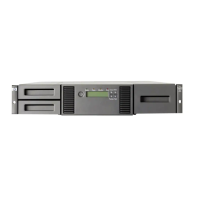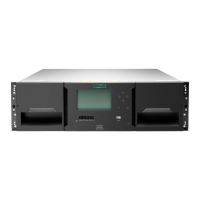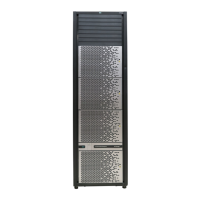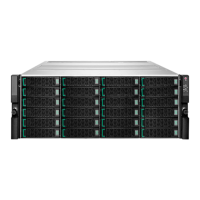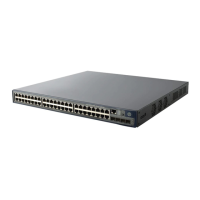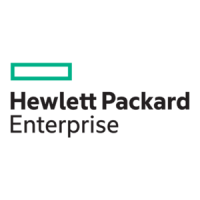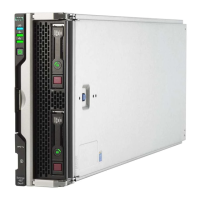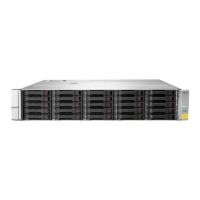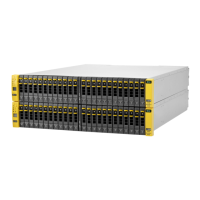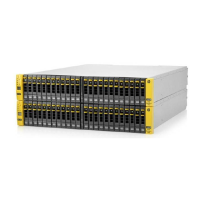Do you have a question about the HPE MSA 1040 and is the answer not in the manual?
Overview of the document's purpose, scope, and target audience.
Details on the MSA 1040 controller architecture, ports, and capabilities.
Details on the MSA 2040 controller architecture, ports, and capabilities.
Specific features of the MSA 2042, including hybrid flash and software suite.
Lists supported and unsupported hardware configurations for storage system upgrades.
Matrix showing disk and enclosure link speeds after controller upgrade.
Outlines valid controller upgrade paths between different HPE MSA storage models.
Covers initial steps, considerations, and known limitations before commencing the upgrade.
Key factors to consider, including data backup, licenses, and multipathing setup.
Best practices and pre-upgrade checks, including data backup and recording settings.
Process for saving controller logs and network parameters for troubleshooting and recovery.
Steps to update host drivers, multipath software, and finalize the overall upgrade process.
Detailed steps for replacing controllers, powering on, and initial configuration of new hardware.
Sequential steps outlining the entire controller and enclosure upgrade process.
Method for safely shutting down MSA controllers to ensure cache data is flushed to disk.
Instructions for physically removing old controllers and installing the new HPE MSA controllers.
Methods for determining and setting IP addresses for the new controller management ports.
Steps to re-enter essential system details like name, contact, and location.
Process for verifying and updating host names, nicknames, and profiles after the upgrade.
Steps to re-establish explicit volume mappings between hosts and storage volumes.
Re-entering user accounts, SNMP, email notifications, and other system services configurations.
Steps for applying necessary licenses for advanced snapshot and remote replication features.
Guidance for VMware ESXi/ESX environments when upgrading MSA storage controllers.
Steps to collect disk information and manage the VAAI Plug-in before and after the upgrade.
Procedures for verifying data accessibility and inventorying virtual machines after controller upgrade.
Steps to re-add missing datastores and virtual machines to the vSphere inventory.
Procedures for re-importing Raw Device Mapped (RDM) virtual machines into the environment.
Describes different upgrade scenarios based on user requirements for disk groups.
User continues using only linear disk groups after upgrading the storage system.
User starts using virtual disk groups while retaining existing linear ones.
User migrates existing linear disk groups to utilize virtual disk group features.
A checklist to gather and verify essential information before initiating the storage system upgrade.
Recording management IP addresses, WWNs, and host nicknames for system configuration.
Recording volume mappings, network services, and email alert configurations.
Recording SNMP trap settings, advanced disk, and cache configurations.
Recording system details, date/time information, and controller log filenames.
Links to HPE support, product QuickSpecs, and other relevant documentation for further assistance.
Overview of the document's purpose, scope, and target audience.
Details on the MSA 1040 controller architecture, ports, and capabilities.
Details on the MSA 2040 controller architecture, ports, and capabilities.
Specific features of the MSA 2042, including hybrid flash and software suite.
Lists supported and unsupported hardware configurations for storage system upgrades.
Matrix showing disk and enclosure link speeds after controller upgrade.
Outlines valid controller upgrade paths between different HPE MSA storage models.
Covers initial steps, considerations, and known limitations before commencing the upgrade.
Key factors to consider, including data backup, licenses, and multipathing setup.
Best practices and pre-upgrade checks, including data backup and recording settings.
Process for saving controller logs and network parameters for troubleshooting and recovery.
Steps to update host drivers, multipath software, and finalize the overall upgrade process.
Detailed steps for replacing controllers, powering on, and initial configuration of new hardware.
Sequential steps outlining the entire controller and enclosure upgrade process.
Method for safely shutting down MSA controllers to ensure cache data is flushed to disk.
Instructions for physically removing old controllers and installing the new HPE MSA controllers.
Methods for determining and setting IP addresses for the new controller management ports.
Steps to re-enter essential system details like name, contact, and location.
Process for verifying and updating host names, nicknames, and profiles after the upgrade.
Steps to re-establish explicit volume mappings between hosts and storage volumes.
Re-entering user accounts, SNMP, email notifications, and other system services configurations.
Steps for applying necessary licenses for advanced snapshot and remote replication features.
Guidance for VMware ESXi/ESX environments when upgrading MSA storage controllers.
Steps to collect disk information and manage the VAAI Plug-in before and after the upgrade.
Procedures for verifying data accessibility and inventorying virtual machines after controller upgrade.
Steps to re-add missing datastores and virtual machines to the vSphere inventory.
Procedures for re-importing Raw Device Mapped (RDM) virtual machines into the environment.
Describes different upgrade scenarios based on user requirements for disk groups.
User continues using only linear disk groups after upgrading the storage system.
User starts using virtual disk groups while retaining existing linear ones.
User migrates existing linear disk groups to utilize virtual disk group features.
A checklist to gather and verify essential information before initiating the storage system upgrade.
Recording management IP addresses, WWNs, and host nicknames for system configuration.
Recording volume mappings, network services, and email alert configurations.
Recording SNMP trap settings, advanced disk, and cache configurations.
Recording system details, date/time information, and controller log filenames.
Links to HPE support, product QuickSpecs, and other relevant documentation for further assistance.
| Form Factor | 2U |
|---|---|
| Drive Bays | 12 LFF or 24 SFF |
| Redundant Power Supplies | Yes |
| Drive Types Supported | SAS, SATA |
| Host Interface | 8 Gb Fibre Channel, 1 GbE iSCSI, 10 GbE iSCSI |
| RAID Levels | 0, 1, 5, 6, 10 |
| Cache | 4 GB per controller |
| Cache Memory | 4 GB per controller |
| Power Supplies | 2 |
| Operating Temperature | 10°C to 35°C |
